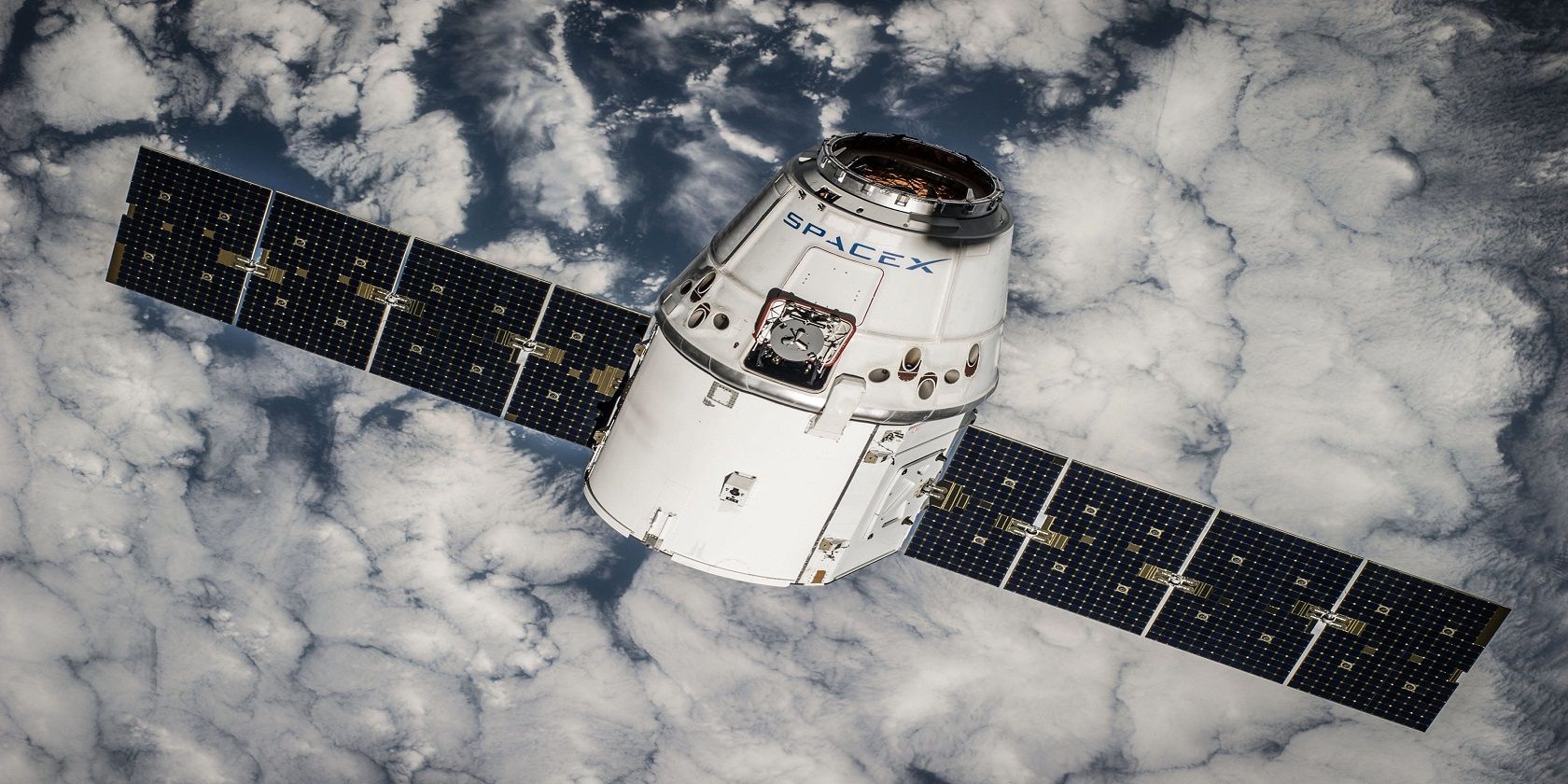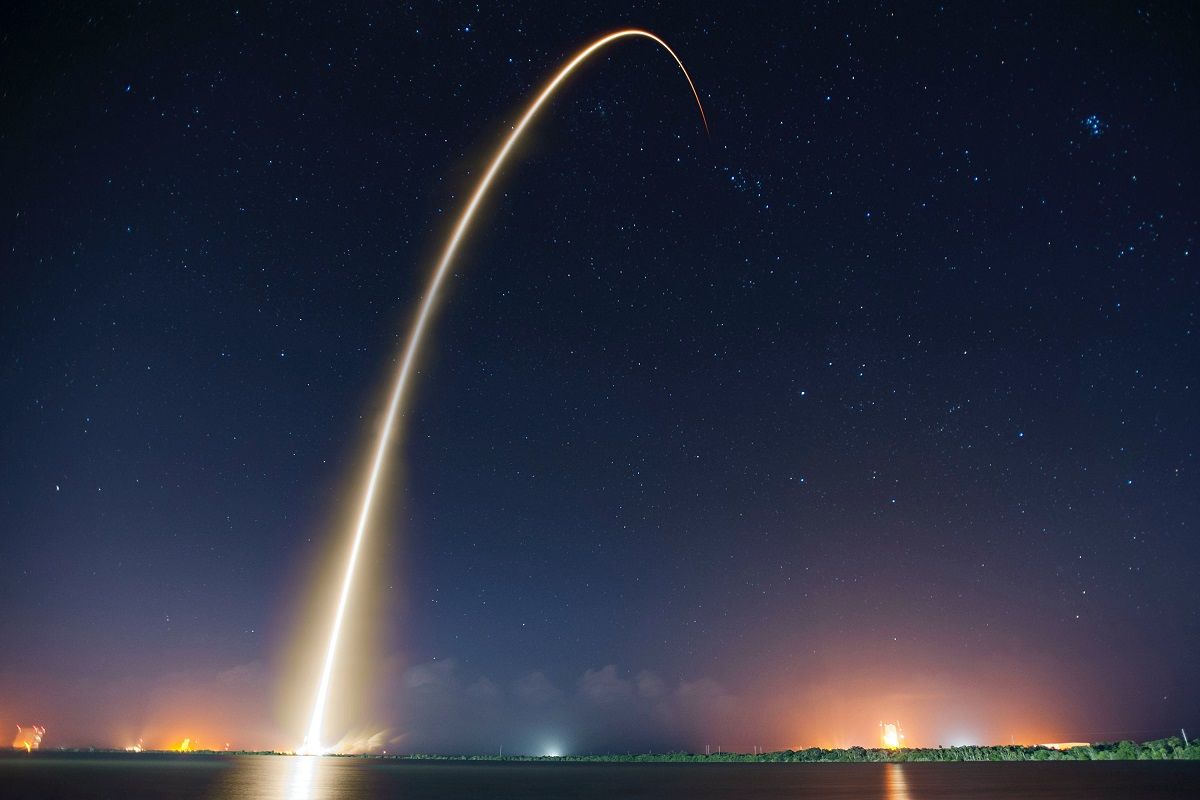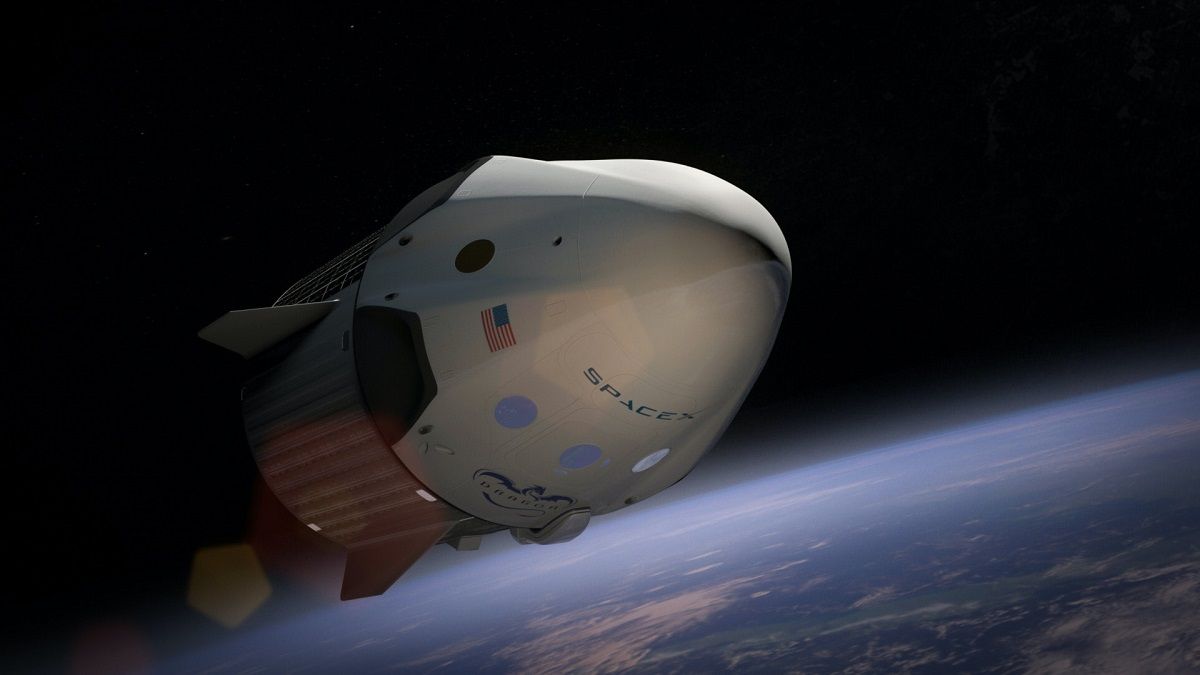40 Starlink satellites will burn up in a spectacular fireball and get destroyed in the Earth's atmosphere, ending their brief lives after being launched on February 3, 2022.
Each Starlink satellite is roughly the size of a coffee table and weighs 500 pounds (227 kg). They have a reflective panel to draw solar energy from the sun, and they maneuver in space by firing thrusters powered by Krypton gas.
The loss is a rare failure for SpaceX, which launches successful missions as a matter of routine. So, what went wrong this time, and how will it affect Starlink users? Here's what you need to know.
Did Starlink Satellites Fall Out of Orbit?
On Thursday, February 3, 2022, SpaceX's Falcon 9 rocket launched 49 Starlink satellites. Unfortunately, one day later, the satellites came into contact with a geomagnetic storm. The storm, caused by explosions on the sun's surface, heated the Earth's upper atmosphere and increased air resistance by up to 50 percent more than usual.
Despite efforts by SpaceX to maneuver the satellites away from the storm and above the Earth's atmosphere into Low Earth Orbit (LEO), 40 of the satellites failed to overcome the increased air resistance and raise their orbits. Thus, they fell back into the Earth's atmosphere, where they will eventually burn up.
What Is the Impact on Starlink Customers?
Starlink has become popular with customers, especially those in rural areas, due to its promise of fast internet anywhere on Earth. Although it currently has more than 145,000 customers, nearly a million more have made pre-orders and are waiting to be connected.
Starlink needs to deploy thousands of satellites rapidly to meet its commitment to its subscribers. The more Starlink satellites SpaceX can launch successfully, the more customers it can connect. Unfortunately, this loss means customers meant to benefit from this failed satellite deployment will have to wait a little longer.
Secondly, although SpaceX has deployed 2,000 Starlink satellites, they are just not enough. Starlink speeds have slowed down due to too many customers and too few satellites. The more customers Starlink adds, the slower the speeds will get. This will continue to be the case until Starlink launches more satellites to increase capacity. Therefore, losing 40 satellites only makes the problem worse.
Do Starlink Have Safety Concerns?
Starlink satellites are launched to Low Earth Orbit (LEO) in constellations of 40 to 60 satellites. SpaceX has a target of launching 42,000 satellites to cover the entire planet. Once in orbit, the satellites beam the internet down to ground transceivers from an altitude of 340 miles (550km), which in turn, broadcast locally or wire directly to your Starlink router.
This height is a deliberate policy by SpaceX to ensure its Starlink satellites are low enough to fall down into Earth's atmosphere and burn up when they become old and obsolete, or should there be a malfunction with a satellite.
"While the low deployment altitude requires more capable satellites at a considerable cost to us, it's the right thing to do to maintain a sustainable space environment," SpaceX said in a statement about the incident.
All the 40 lost satellites will be completely vaporized by the Earth's atmosphere. No satellite parts will fall on Earth. Thus, there are no safety concerns for people on the ground.
"This unique situation demonstrates the great lengths the Starlink team has gone to ensure the system is on the leading edge of on-orbit debris mitigation," the company added.
Starlink Will Continue Launching New Satellites on Schedule
Although the loss of 40 Starlink satellites is a blow to SpaceX, it's just a small bump in the road and the price of doing business in space. At times, unpredictable, uncontrollable things will happen. Starlink customers will have to wait a little longer for the increased capacity SpaceX is aiming to deliver, along with the millions of new customers waiting patiently for their chance to use the service.



